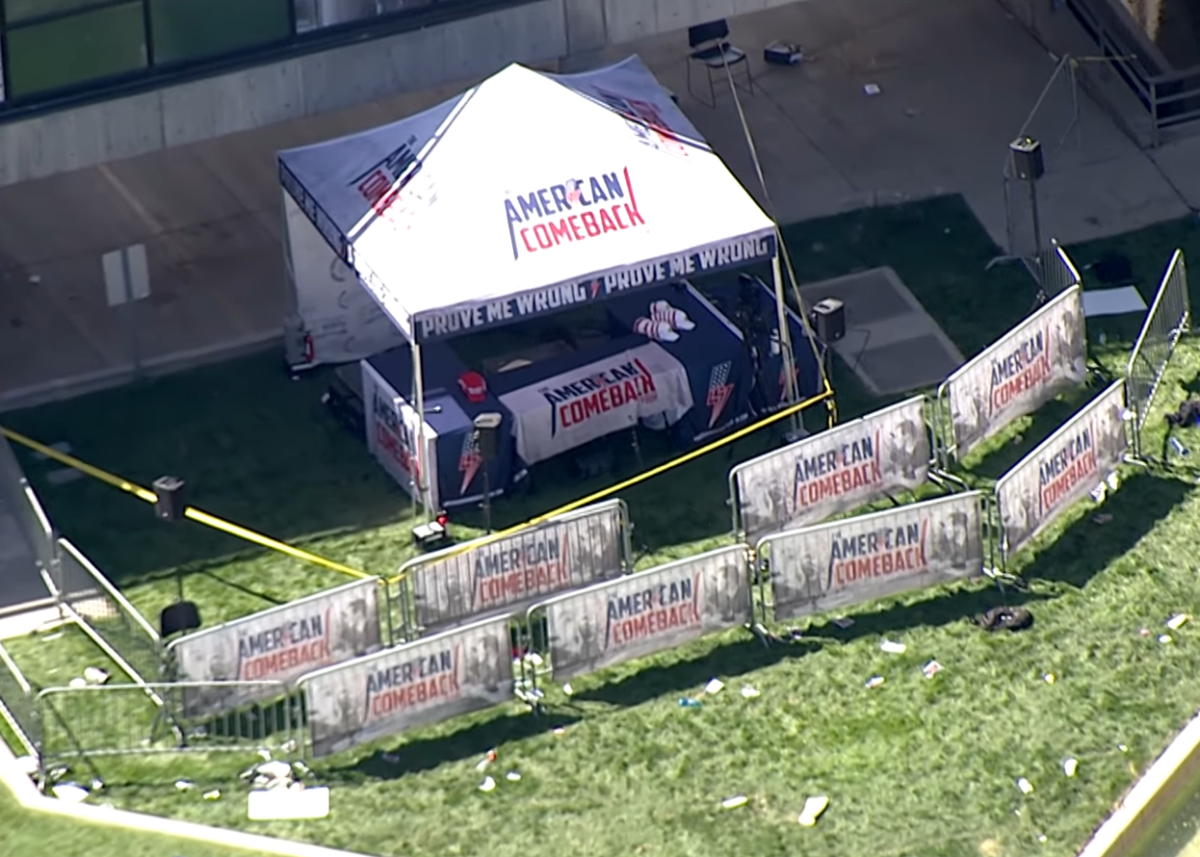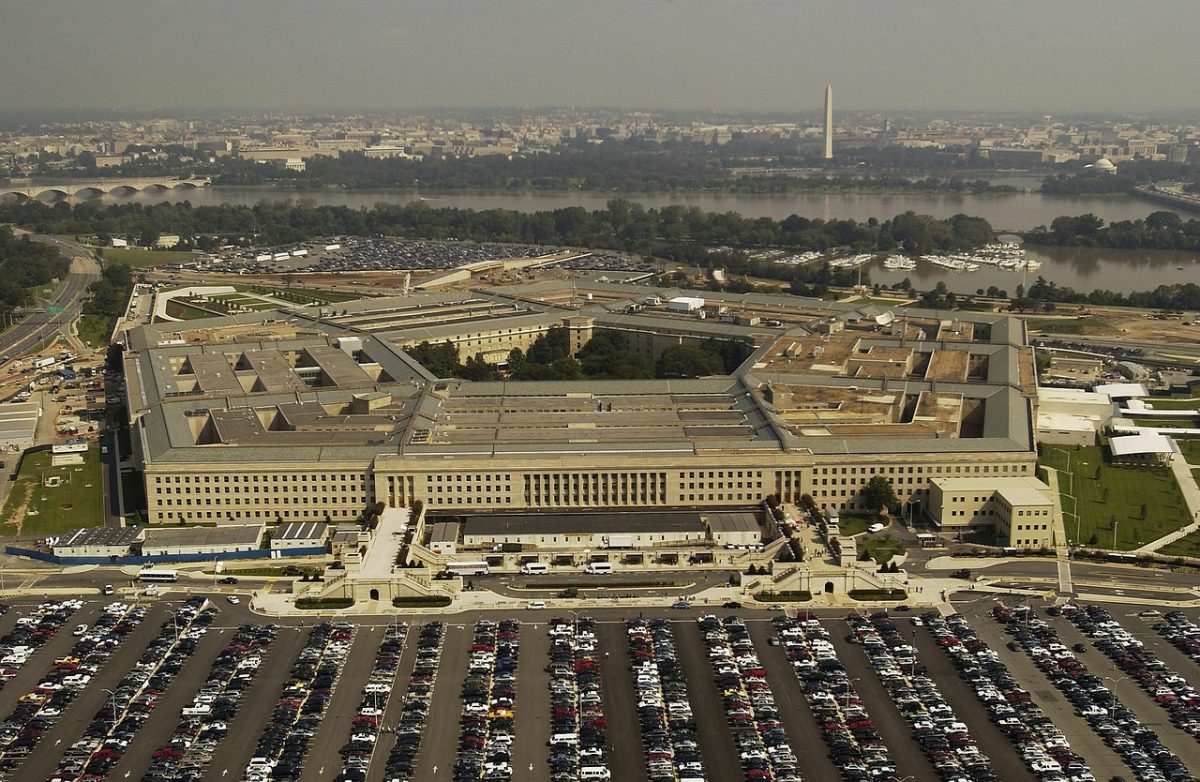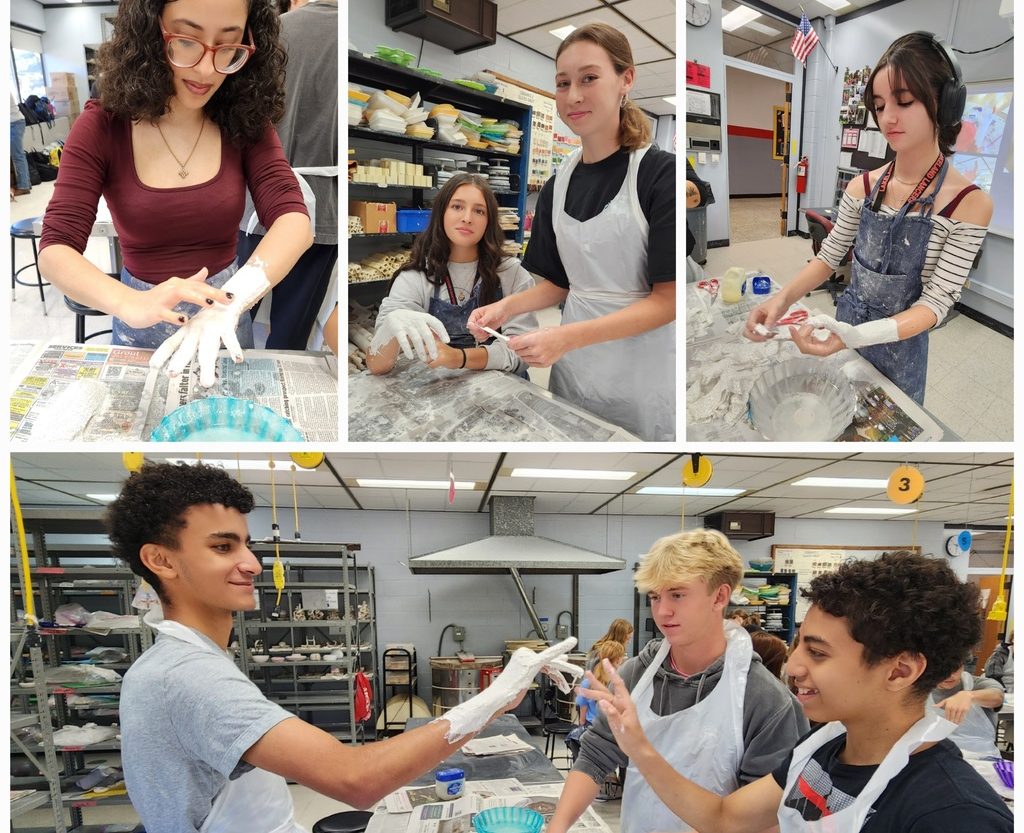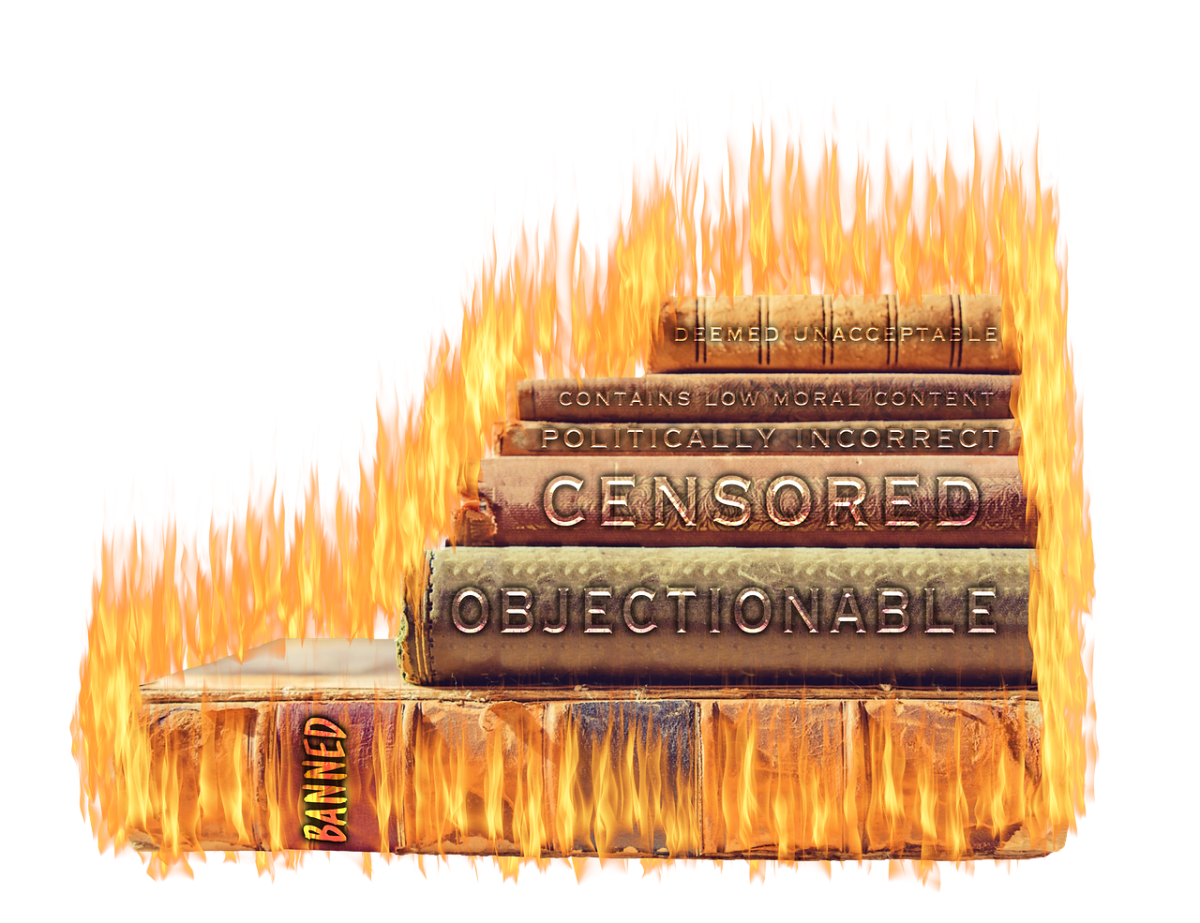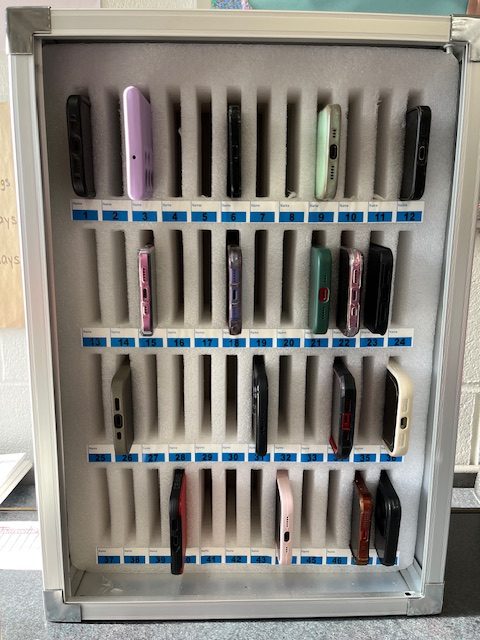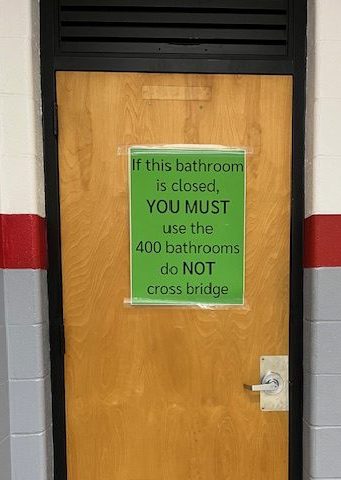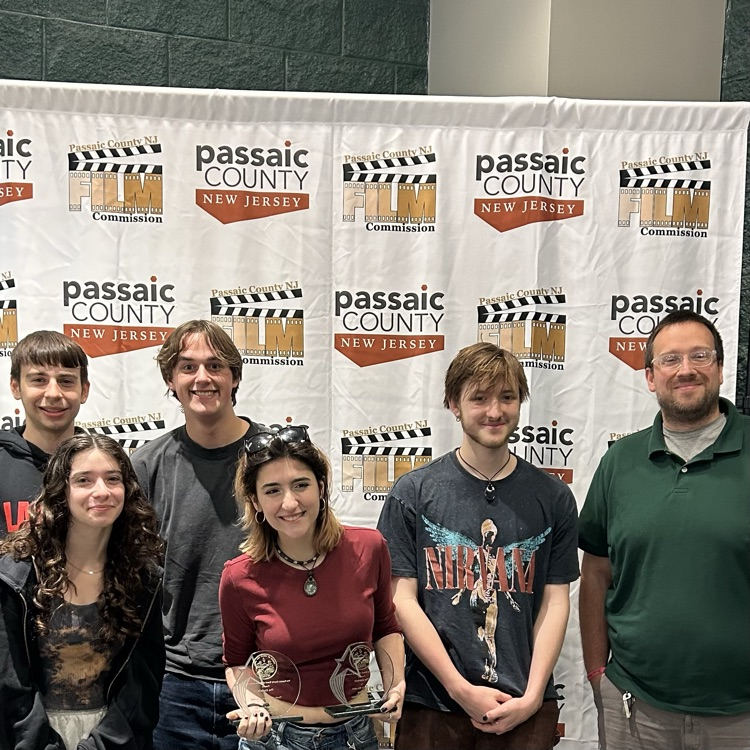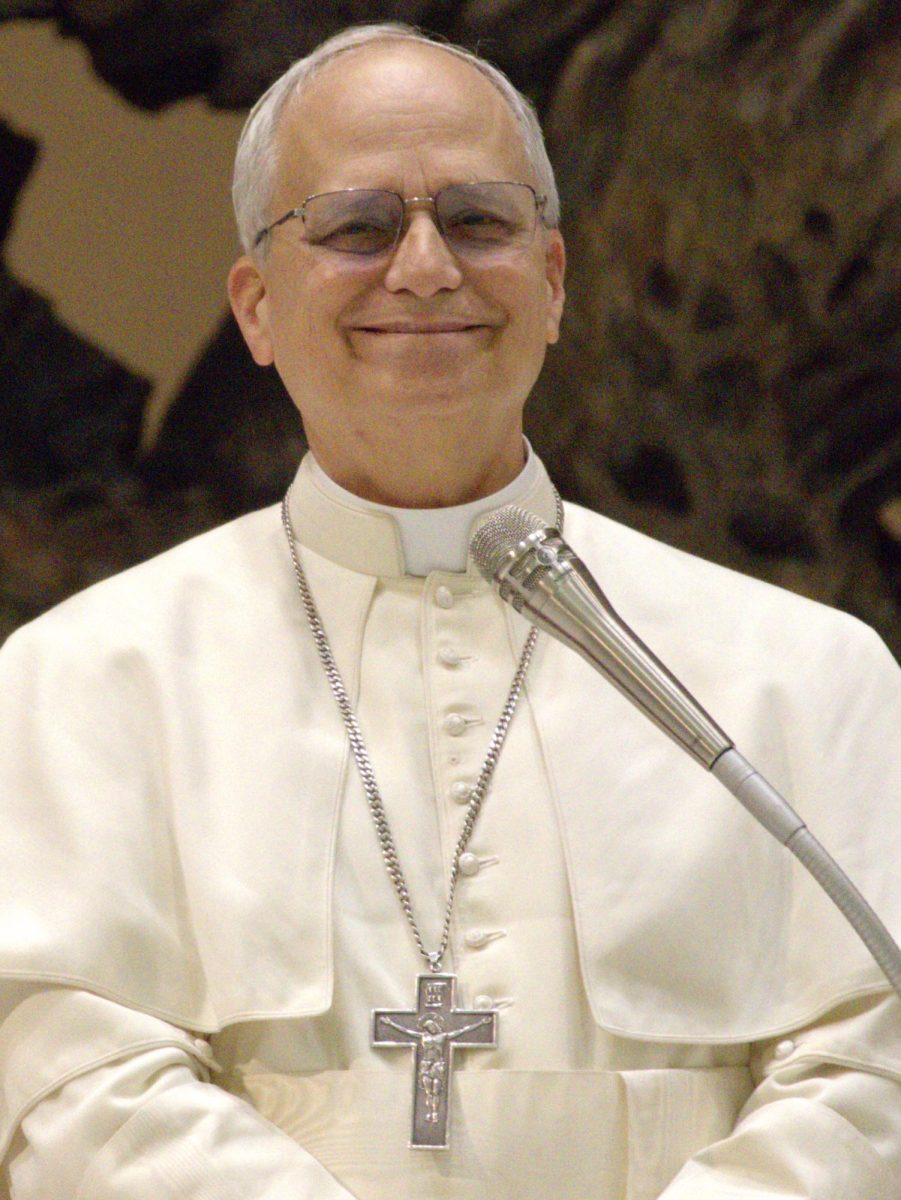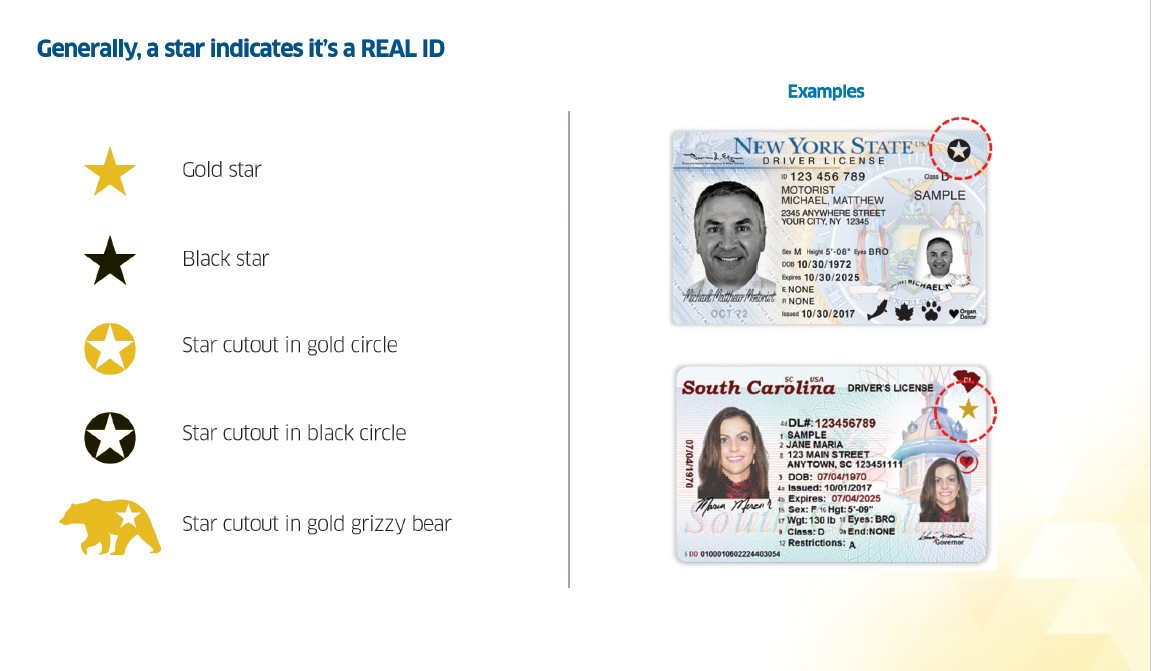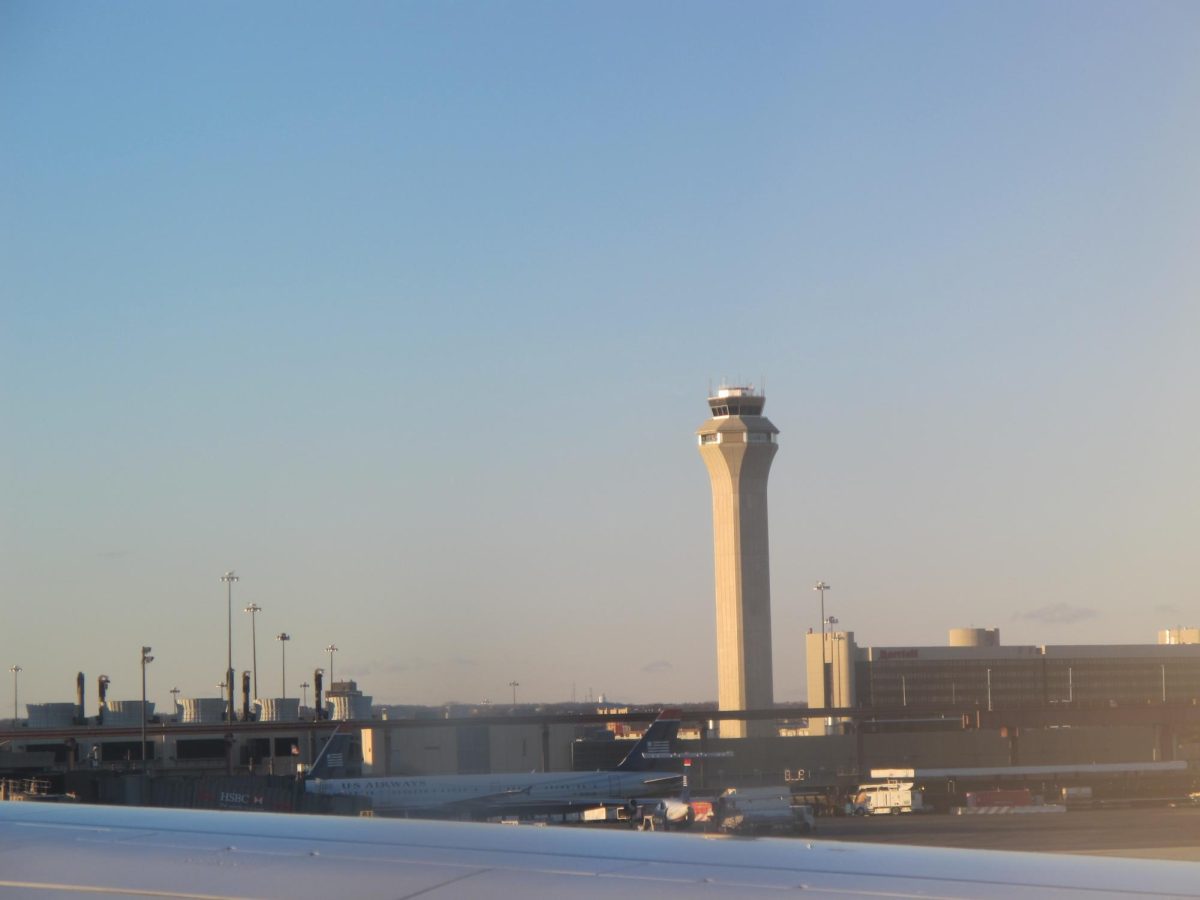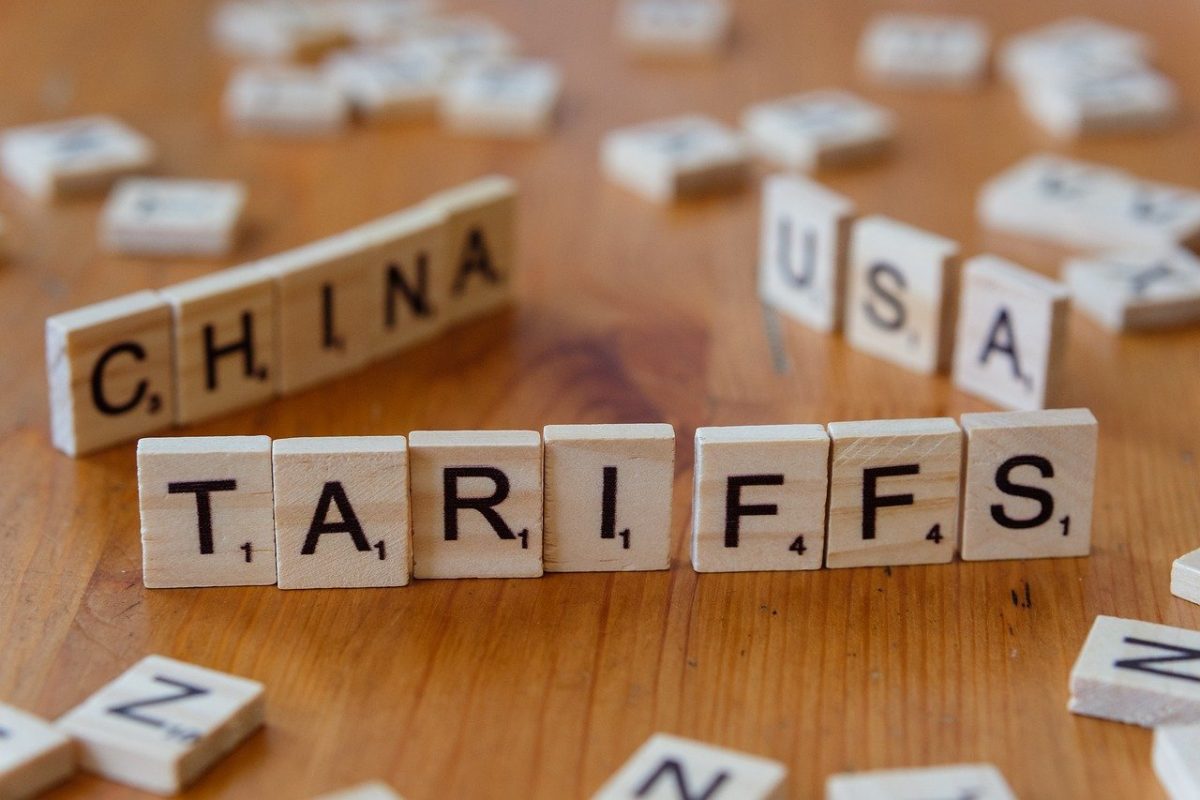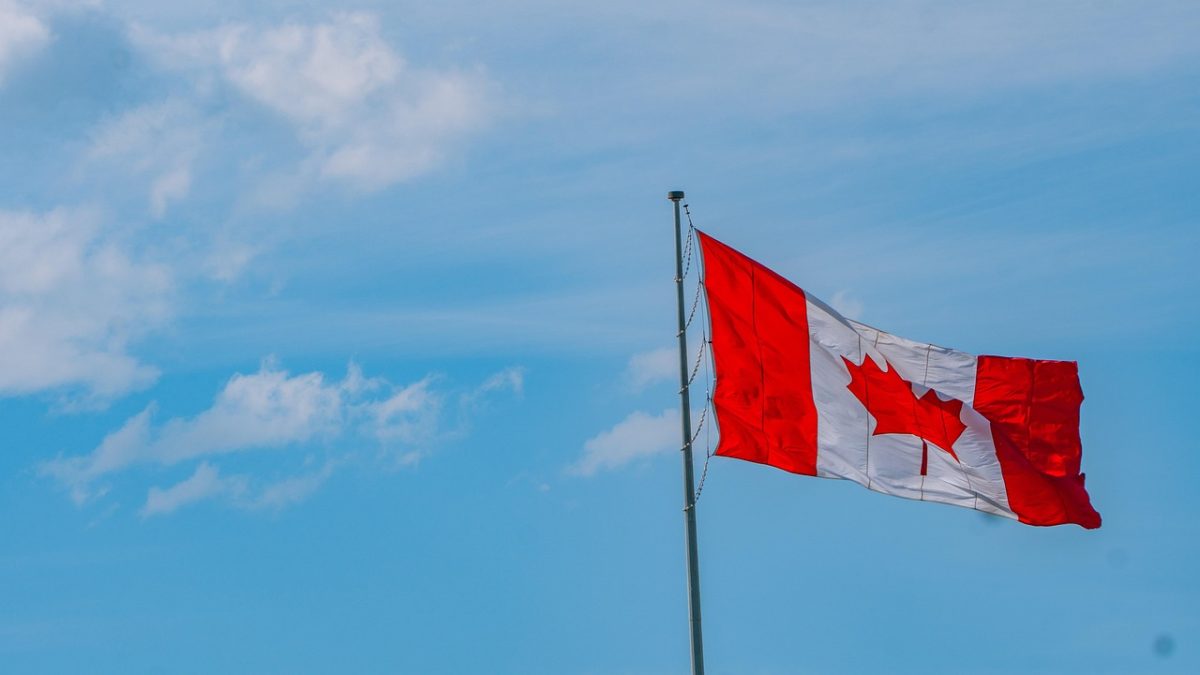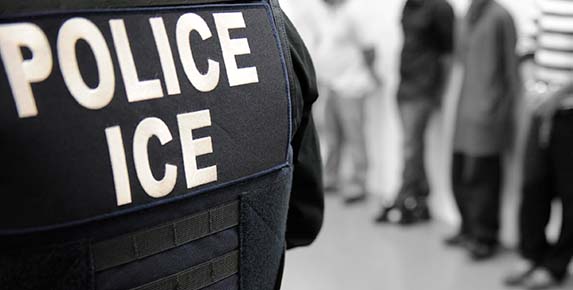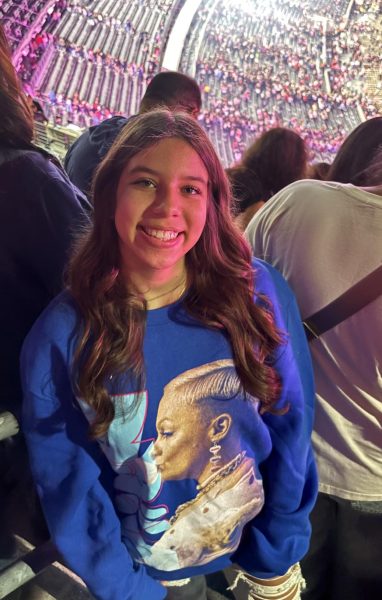Gun violence has dominated the news in recent months, as shootings across the U.S. highlight how political unrest and access to firearms continues to fuel a nationwide crisis.
On September 10, 2025, political activist, Charlie Kirk, was shot and killed during a public event at Utah Valley University in Orem, Utah according to AP News. Shortly after the incident, police arrested 22-year-old Tyler Robinson, who is being charged with murder, usage of a firearm that lead to injury, obstruction of justice, witness tampering, and violent offense in the presence of a child as claimed by NBC News. Utah prosecutors are currently proposing the death penalty.
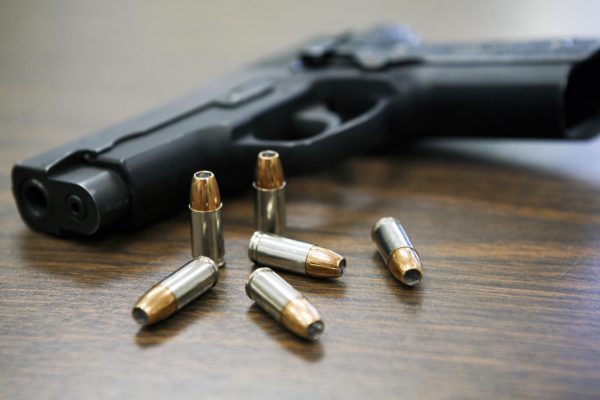
Photo courtesy of Wikimedia Commons
CBS News has stated that on this same day, a 16-year-old student of Evergreen High School in Colorado opened fire inside of his school with a revolver, critically injuring two classmates before he ended up taking his own life. The school later shut down for multiple days, with counseling and mental health services provided for students and their families.
It wasn’t long before another news story broke about a shooting at the Church of Jesus Christ of Latter-day Saints at a chapel in Grand Blanc Township in Michigan as a shooter opened fire at worshippers killing four and wounding eight before setting the building on fire. The assailant who died in a shootout with police was a former Marine and Iraq War veteran. The FBI acknowledged that it was a targeted attack against Mormons based on the assailant’s professed hatred of the religious group according to CNN News.
Violence, Power, and the Public
For many, it is difficult to separate the constant gun violence from the general political and cultural context. Ms. Melissa Roush, English teacher at Lakeland Regional High School, argues that America’s failure to act on the issues comes from weak regulations, the cultural glorification of having and using a firearm, and overall corporate influence.
“Gun laws and corporate greed works to keep guns in the hands of people and their money in the hands of gun companies,” Ms. Roush says. “No ordinary citizen needs access to an AR-15.”
Ms. Roush mentioned Australia’s system, which dramatically reduced shootings after banning semi-automatic weapons. Others like Ms. Roush wonder if the idea of reform is even possible in the U.S. with such divided views on the topic of gun rights. Ms. Roush believes that the nation is in a cycle where each tragedy gains some attention and later fades out into the background behind the hum of routine.
Others like Roush discuss the idea of media saturation in shaping how the public views firearms and their use. Roush argues that the constant coverage of shootings has desensitized many Americans while consistently fueling a “culture of fear.” Due to political leaders and commentators speaking on the situation from their perspectives, tensions are heightened leading to an uptick in violent responses.
“I fear that we have become so numb and accustomed to hearing about gun violence that we no longer take it as seriously as we need to. Within a day or two, we move on,” said LRHS Media Specialist, Ms. Kali Spoelstra.
While many Americans support the notion of the right to bear arms, others believe that there needs to be limits.
According to Ms. Kali Spoelstra, LRHS Media Specialist, “We – the American people – believe in freedom; I believe in freedom. Citizens should be able to bear arms, have a hobby, etc. but laws can still be put in place to keep the public safe.”
The Impact on Schools
Ms. Roush, who began teaching during the era of the Columbine High School massacre, has taken school shootings personally. She believes that teachers are no longer educators, but they are also expected to be protectors in dangerous situations.
Expanding on her idea she asserts, “I believed my role was to educate students in reading, writing, thinking, and communicating. I am still doing those things, but teachers are now expected to shield students from bullets. We are not trained protectors. We just want to teach.”
Schools have become a much larger topic of debate within the gun violence issue since there are now more lockdown drills, proposals for armed-guards, and discussions about arming teachers.
“I am hyperaware of the surroundings, exits, and lockdown procedures, and become anxious during lockdown drills”, Ms. Spoelstra said.
Despite the measures taken to keep students and teachers safe, school shootings continue, and the possibility of violence is always present in today’s political climate.
Solutions in Sight
There have been some proposed solutions that vary widely, such as federal background checks to bans on high-capacity magazines and semi-automatic rifles.
Although there are ideas up in the air for how to end this crisis, systemic barriers remain. Mass shootings rarely shift lawmakers’ voting patterns on gun policies according to Cornell University’s studies. The gun industry continues to maintain a strong influence in Washington, while cultural attachment to firearms is firmly rooted.
Mass shootings and such tragedies are becoming frequent topics in American news and media outlets whether it’s because of frequent exposure to political differences, access to deadly weapons, or a political system that is unwilling to prioritize lives over profits.
According to Ms. Roush, “This is a situation where we are going to need to break the rules in order to get change.”


